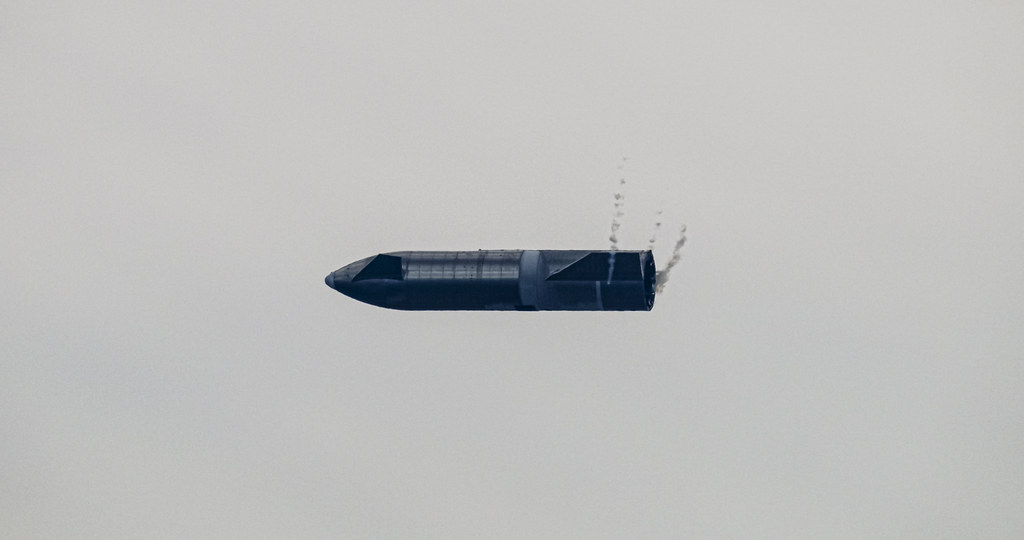SpaceX has once again captivated the aerospace world with an unprecedented release of detailed footage from the Starship Flight 11 mission, highlighting both the final liftoff from Pad 1 and a remarkably controlled landing. Alongside this, the company achieved two major records with its Falcon 9 program, while astronomers tracked a near-Earth asteroid that passed dangerously close to our planet.
Let’s dive into all the groundbreaking updates and what they mean for the future of space exploration.
Starship Flight 11: The Most Well-Documented Mission Yet
A New Standard in SpaceX Transparency
SpaceX’s release of post-flight footage from Starship Flight 11 sets a new benchmark. Never before has the company shared such clear and comprehensive visuals of a full mission — from launch ignition to splashdown.
Compared to previous launches, Flight 11 stood out as the most thoroughly documented, with SpaceX offering not just typical camera angles but unique perspectives, including those from buoy-mounted cameras in the Indian Ocean.
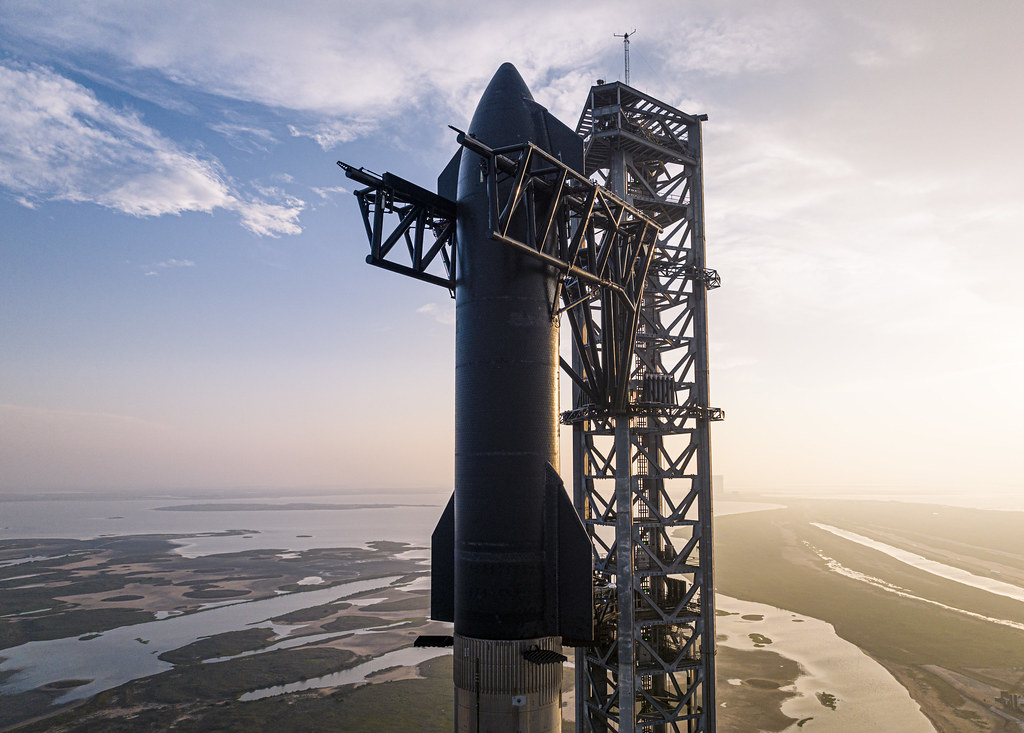
Starship’s Precision Ocean Landing: A Controlled Descent
Captured by a Buoy in the Indian Ocean
In an incredible display of control, Starship V2 performed a soft splashdown in the Indian Ocean after executing a flawless landing flip and burn. Footage from a buoy-mounted camera provided a rare view of the ship’s heat shield as it neared the surface, the ocean rippling gently with the ship’s descent.
SpaceX confirmed:
- A precise landing flip
- Controlled landing burn
- Safe soft splashdown at the targeted location
Timing and Speed: A Masterclass in Engineering
From the moment the landing burn initiated at T+1:05:54, to the splashdown just 18 seconds later, the Starship decelerated from 338 km/h to zero — a testament to the power and precision of the Raptor engines.
This entire maneuver occurred under 1 km in altitude, showcasing SpaceX’s advancing expertise in controlled re-entry and landing.
Preparing for the Next Big Leap: The Mechazilla Catch
Ocean Landings Are Just the Beginning
While a soft splashdown is impressive, SpaceX’s ultimate goal is even more ambitious — catching Starship mid-air using the Mechazilla system at Starbase.
This future maneuver will require:
- Extreme accuracy in navigation
- Precise timing for engine shutdown
- Entry into a narrow gap between the “chopstick” arms
What Makes the Catch So Challenging?
- Starship re-enters from higher altitudes
- Faces intense heat and pressure
- Travels greater distances
- Requires millisecond-level coordination
Despite the difficulty, Elon Musk recently hinted that the first attempt could come as early as spring 2026.
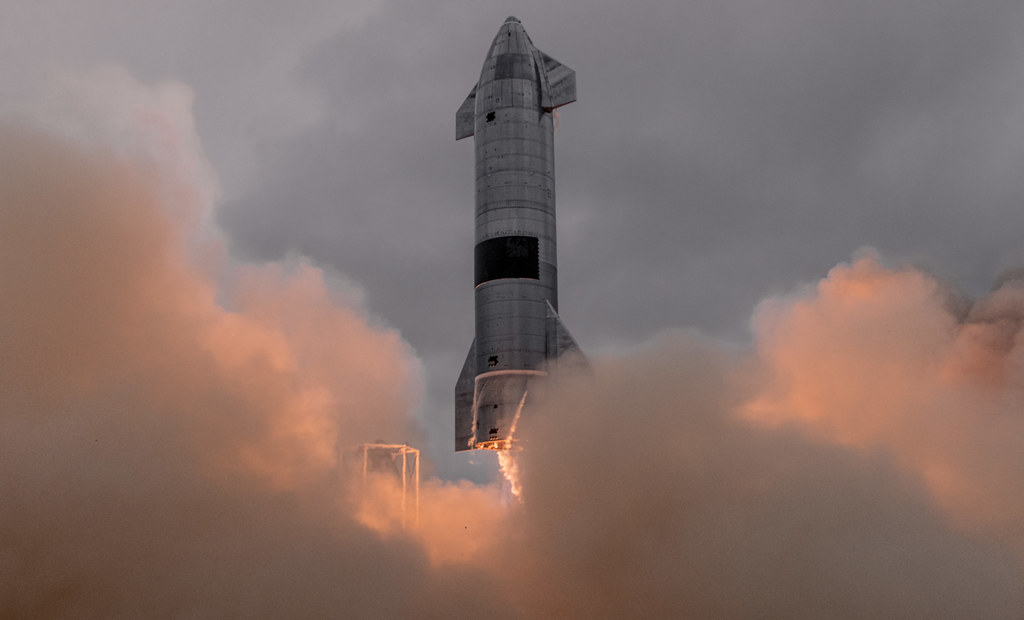
Final Liftoff from Pad 1: The End of an Era
33 Raptors Firing in Unity
Another video released by SpaceX captured the final launch of Starship using Raptor 2 engines and Pad 1 infrastructure. From an angle directly beneath the Orbital Mount (OM), the ignition of all 33 Raptor engines was an awe-inspiring display of raw power.
Launch Stats:
- Thrust: Over 7,000 tons
- Infrastructure: Pad 1 and OM remained intact
- Engines: All fired flawlessly
There were no structural issues or reported damages to the launch mount, highlighting the robustness of the platform and engine systems.
Raptor 2 Era Ends — Raptor 3 Takes the Stage
With this successful flight, SpaceX officially concludes the Raptor 2 era. The next generation, Raptor 3, promises:
- Higher thrust
- Improved reliability
- Greater fuel efficiency
Pad 1 will also undergo upgrades to support these advanced engines and enable more ambitious missions.
SpaceX’s Launch Cadence: Falcon 9 Makes History
While Starship steals headlines, Falcon 9 quietly continues to rewrite spaceflight history. On October 16th at 5:57 a.m. ET, SpaceX launched 28 Starlink satellites from Cape Canaveral.
Booster B1095: Perfect Recovery
After completing its mission, booster B1095 landed successfully on the droneship Just Read The Instructions, marking:
- Its 3rd recovery
- The 500th successful booster landing for SpaceX
Let that sink in: 500 recoveries.
Falcon 9 Mission Sets New Records
🚀 130th Falcon 9 Launch of 2025
Yes, you read that right. As of mid-October 2025:
- 130 Falcon 9 launches have been completed
- That’s 1 launch every ~3 days
- Only 2 missions away from 2024’s total (132)
- On track to easily surpass 170 launches by year-end
This makes 2025 SpaceX’s most active year ever.
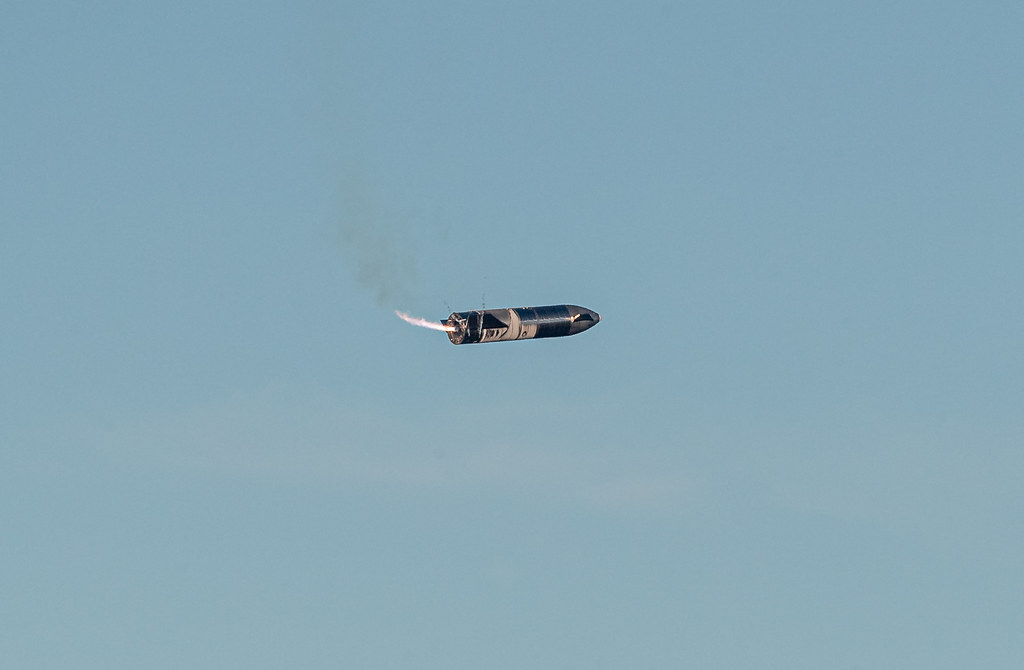
The Goal: 170+ Launches in 2025
At the current pace, hitting that target is not only achievable — it’s likely.
🔽 Drop an “F9” in the comments if you think SpaceX will break its own record this month!
The Power of Reusability: 500 Falcon 9 Landings
A Game-Changer for Spaceflight Economics
The ability to routinely reuse rockets is what sets SpaceX apart. Every landing means:
- Lower costs
- Faster turnaround
- Increased reliability
This reusability has created a launch economy that is scalable, sustainable, and unmatched in the modern aerospace world.
“Falcon 9 completes its 500th landing after lifting off from pad 40 in Florida.” — SpaceX
That milestone is more than a number — it’s a declaration that reusable rockets are no longer the future. They’re the present.
Cosmic Surprise: Asteroid 2025 TP5 Skims Past Earth
🪨 Close Encounter of the Asteroid Kind
While SpaceX dominated the news, another space event occurred — a newly discovered asteroid, 2025 TP5, passed alarmingly close to Earth.
- Closest approach: 60,328 miles (97,000 km)
- That’s just one-quarter the distance to the Moon
- Size: ~16 meters (same size as 2013’s Chelyabinsk meteor)
Late Discovery Raises Eyebrows
Most astonishingly, the asteroid was detected just two days before its flyby:
- Discovered: October 13th at 4:07 a.m. ET
- Flyby: October 15th at 4:09 a.m. ET
- Detection system: ATLAS (Hawaii)
Although it posed no threat, its late detection underscores the need for more robust asteroid monitoring.
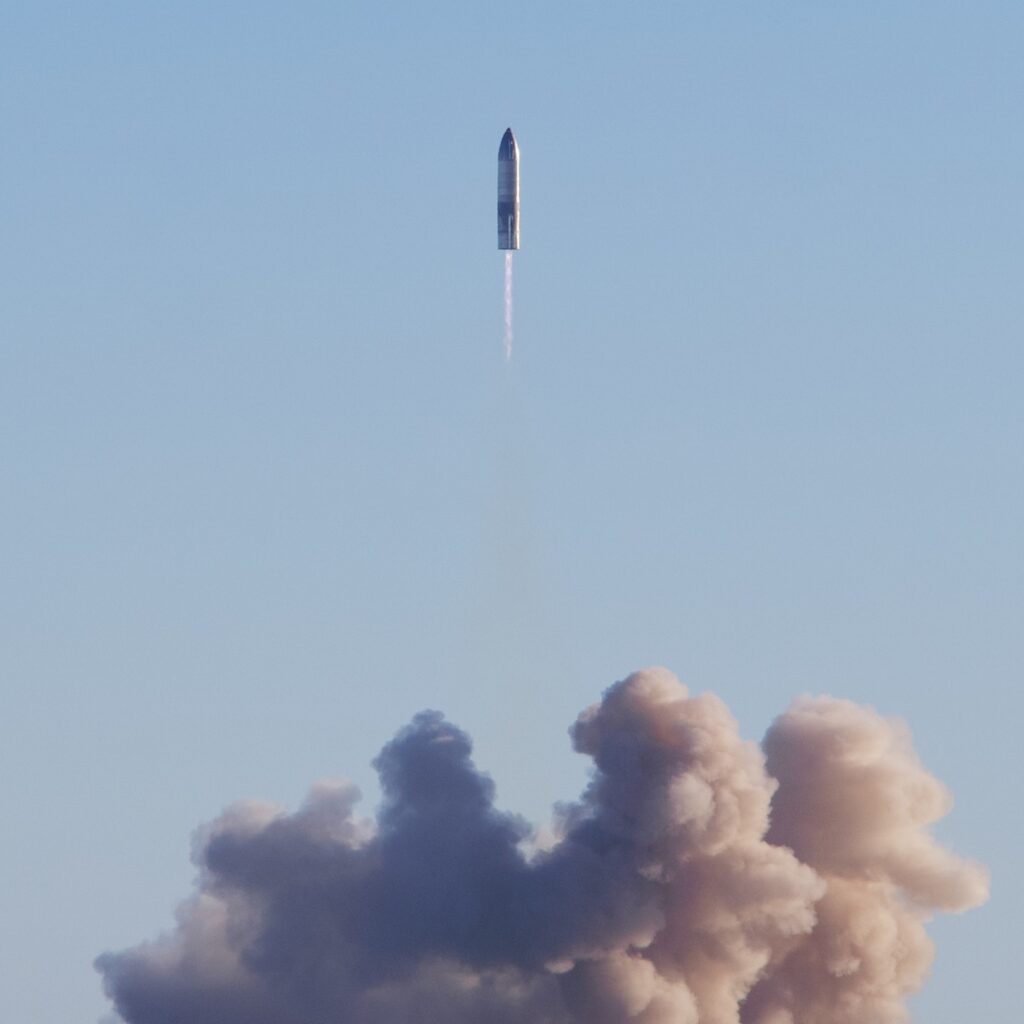
Why We Must Keep Watching the Skies
The Role of ATLAS and Other Early Warning Systems
ATLAS, operated by the University of Hawaii and funded by NASA, is designed to:
- Detect potentially hazardous objects
- Give early warnings of threats
- Complement global monitoring systems
The discovery of 2025 TP5 is a reminder that our cosmic neighborhood is still largely uncharted.
Conclusion: The Future of Space is Now
From Starship’s controlled landing and final Raptor 2 flight to record-breaking Falcon 9 missions and unexpected asteroid encounters, the last week has shown us just how far we’ve come — and how much further we can go.
SpaceX isn’t just launching rockets; they’re launching a new era.
With Starship nearing Mechazilla catches, Falcon 9 reaching 500 landings, and Earth dodging space rocks, the future of space travel is no longer a dream. It’s unfolding right before our eyes.
FAQs
1. What is Starship Flight 11?
Starship Flight 11 is the latest test mission in SpaceX’s Starship development program. It featured a successful liftoff, reentry, and soft splashdown in the Indian Ocean, marking a significant milestone in SpaceX’s progress toward full reusability.
2. Why is the footage from Starship 11 important?
The newly released buoy footage from Flight 11 gives an unprecedented look at Starship’s descent and landing, offering insights into engine performance, heat shield durability, and vehicle control — all critical for future missions.
3. What does “Mechazilla catch” mean?
The Mechazilla catch refers to SpaceX’s plan to catch the returning Starship or Superheavy booster mid-air using robotic arms on the launch tower, eliminating the need for ocean landings and enabling rapid reusability.
4. How close did asteroid 2025 TP5 come to Earth?
Asteroid 2025 TP5 flew past Earth at just 97,000 km (60,328 miles) — about one-quarter the distance to the Moon. It was detected only two days before its closest approach.
5. What records did SpaceX set with Falcon 9 in October 2025?
As of October 16, 2025, SpaceX completed its 130th Falcon 9 mission of the year and achieved its 500th booster landing, both incredible milestones in reusable rocketry and launch cadence.
6. What is Raptor 3, and how is it different from Raptor 2?
Raptor 3 is the next-generation rocket engine developed by SpaceX. It features higher thrust, better efficiency, and improved reliability over Raptor 2, and will power future Starship missions.
7. How many Falcon 9 launches does SpaceX plan in 2025?
SpaceX aims for over 170 Falcon 9 launches in 2025. With 130 already completed by mid-October, the company is on track to meet or exceed this ambitious target.
8. What is the significance of the 500th Falcon 9 landing?
The 500th booster landing proves the scalability and reliability of SpaceX’s reusable launch system, significantly reducing costs and increasing mission frequency.
9. Why is Pad 1 being retired?
Pad 1 is being phased out to make way for an upgraded version that can support the more powerful Raptor 3 engines and accommodate larger, more complex future Starship missions.
10. What is the purpose of ATLAS in asteroid detection?
ATLAS (Asteroid Terrestrial-impact Last Alert System) is designed to detect and provide early warnings about potentially hazardous asteroids. It discovered 2025 TP5 just two days before its close pass.
11. Is Starship reusable?
Yes. SpaceX is designing Starship and its booster (Superheavy) to be fully reusable, allowing for rapid turnaround between missions and dramatically lowering the cost of space access.
12. What is a “landing flip” in Starship?
A landing flip is a maneuver where Starship transitions from a horizontal descent to a vertical orientation using its Raptor engines and aerodynamic flaps, just before landing.
13. How many Raptor engines power Starship during liftoff?
Starship’s booster stage, Superheavy, is powered by 33 Raptor engines, producing over 7,000 tons of thrust during liftoff.
14. How often is SpaceX launching rockets now?
As of late 2025, SpaceX is averaging more than 1 launch every 3 days, primarily due to its Starlink missions and Falcon 9’s reusability.
15. What was the Chelyabinsk meteor, and how does it compare to 2025 TP5?
The Chelyabinsk meteor exploded over Russia in 2013 and measured about 16 meters, the same estimated size as 2025 TP5, making the asteroid’s close approach noteworthy.
16. What challenges remain for Starship recovery?
SpaceX still needs to improve heat shield durability, optimize fuel tank pressure systems, and refine descent accuracy before transitioning fully to Mechazilla catches.
17. How accurate was Starship’s splashdown in Flight 11?
The splashdown was highly accurate. Starship landed at the planned location, showing SpaceX’s growing mastery in precision landing maneuvers.
18. What’s next for SpaceX after Flight 11?
Next steps include:
- Implementing the Mechazilla catch system
- Transitioning to Raptor 3 engines
- Upgrading Pad 1
- Continuing to scale Falcon 9 operations
- Preparing for future crewed Starship missions
Read More:
- Tesla FSD gets first rave reviews from media outlets in Japan
- Tesla Cybercab tests seem to be ramping up again
- After moving Tesla to Texas, Elon Musk is back in the Bay Area with Neuralink expansion
- SpaceX posts Starship booster feat that’s so nutty, it doesn’t even look real
- Tesla is adding an interesting feature to its centerscreen in a coming update

